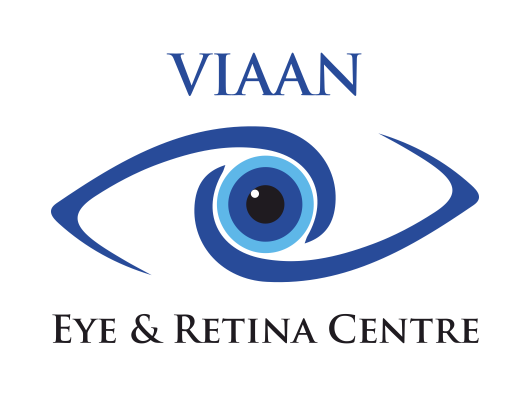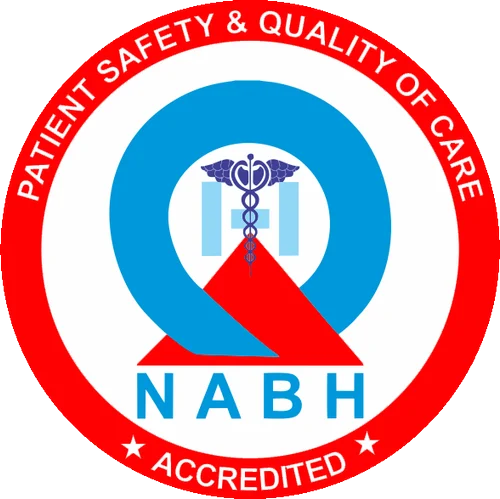OCULOPLASTY
What is Oculoplasty ?
Oculoplasty is a precise ophthalmological plastic surgery.
This micro surgery is performed to correct/ aesthetically enhance/ reconstruct the areas around the eyelids, orbit and the tear drainage system. Surgical cuts are kept to a minimum and made along natural skin lines to hide scars.
Common Oculoplasty Conditions
- Eyelid Defects
- PTOSIS | Drooping of the eyelid
- Watering and Tearing Eyes
- Eyelid Masses & Tumours
- Lid Tumour
- Orbital Tumour
- Eye Removal & Restoration
- Orbital Fracture
Oculo-facial Aesthetics
Eyes are the centre of an individual‘s expressiveness and attractiveness. Cosmetic eyelid and facial plastic surgery embraces a number of procedures to correct the hooded or baggy eyelids and improve the aesthetic appearance of the eyelids and surrounding area of the face, including the eyebrows, forehead and mid-face.
Blepharoplasty is a surgical procedure to remodel excess tissue – skin, muscle and sometimes fat, from the upper and/or lower eyelids.

Brow lift is a surgical procedure to raise the level of the drooping eyebrows and forehead, often done in association with upper eyelid blepharoplasty. The aim is to correct eyebrow drooping.
These surgical procedures are often combined with the use of botox injections to smoothen the deep activity lines and filler injections to correct the hollow lines of the face.
Oculoplasty and Ocular Aesthetics
Services available:
Blepharoplasty / eyelid lift surgery/ removal of under eye bags
Botox for wrinkles/ frown lines
Correction of eyelid positions (in turning/ out turning of lids)
Drooping eyelids (ptosis )
Cosmetic rehabilitation of deformed eyes
Reconstructing eyelid defects (coloboma)
Removal of moles, xanthelasmas and tumors from eyelids and the orbit.
Eye trauma
Watering eyes
SERVICES

Eyelid Defects
An eyelid defect means that part of the eyelid tissue is missing. This can happen for many reasons:
Eyelid Retraction
Eyelid retraction happens when the eyelid is pulled higher or lower than its normal position..

Watering and Tearing Eyes (Epiphora)
Watering eyes, also called epiphora, is a very common problem..

Ptosis | Drooping of the Eyelid
Ptosis means drooping of the upper eyelid. It can be mild and hardly noticeable..
Lower Eyelid Entropion
Entropion is a condition where the lower eyelid turns inward..
Lid Mass Removal
A lid mass is a lump or growth that appears on the eyelid. Some lid masses are harmless..
Cosmetic Rehabilitation
A deformed socket means the space where the eye normally sits is damaged or missing an eyeball..
Eyelid Coloboma Repair
Eyelid coloboma is a condition where a part of the eyelid is missing. .


